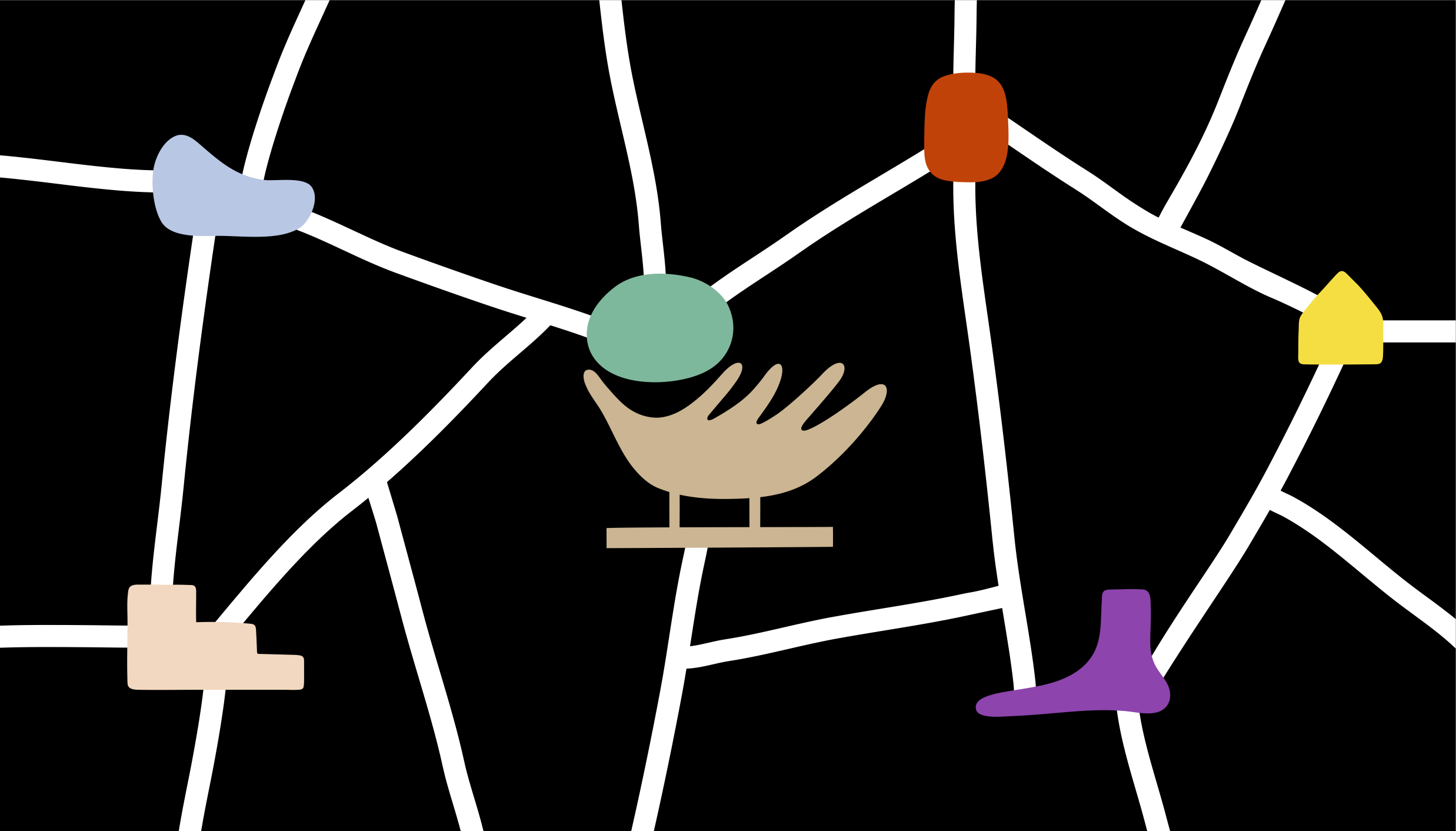In 2015, Bartomeu Marí, then director at MACBA, decided to cancel the exhibition “The Beast and the Sovereign” one day before the opening after realizing he had signed the loan paperwork to exhibit the sculpture Not Dressed for Conquering by Ines Doujak, which depicted King Juan Carlos being taken from behind by Domitila Chúngara, a Bolivian labor activist. Marí eventually resigned from his post after firing the two curators of the show, Valentín Roma and Paul B. Preciado. The show was finally opened to the public, including the sculpture, and with more than the expected number of visitors.
Peio H. Riaño, “Paul B. Preciado, el comisario más influyente del arte contemporáneo,” El País, November 19, 2018, ➝.
